A nation of heroes or ... a nation of ungrateful people? We can boast of hundreds of geniuses and explorers. So why do we rarely do this? Below eight people whose achievements you were unlikely to know. And you should.
As always, all the items in the TOP10 ranking were based on the articles we publish. This time we decided to show the profiles of little-known but highly deserved Poles.
Have you heard of…
8. … The man to whom we owe most of our knowledge of the moon?
Mieczysław Bekker was born in 1905. He studied at the Warsaw University of Technology. The turmoil of war threw him first to France. Then, in 1942, he was invited to Canada, where he worked in the Armored Weapons Research Bureau. There, he initiated work on "off-road" vehicles designed to move off the designated roads in any terrain. In 1956 he moved to the USA where he continued his work.
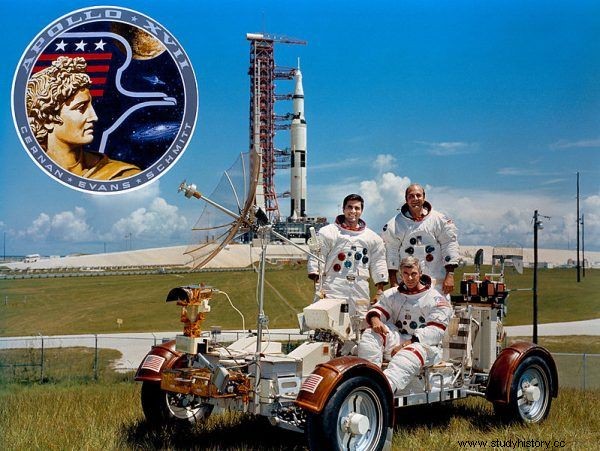
The Apollo 17 crew before takeoff and the legendary Lunar Roving Vehicle by the Bekker team. From the left:Harrison Schmitt, Ronald Evans. Eugene Cernan (source:public domain) sits in the vehicle.
In 1961, he joined General Motors. On behalf of the company, he joined the competition for a lunar rover announced by NASA in the same year and, having defeated over eighty other companies, won . The Lunar Roving Vehicle project was completed in just seventeen months. Bekker's experience and knowledge were useful in developing wheels that would not be bogged down by the lunar dust.
Three vehicles, which were constructed by a team led by a Polish engineer, flew to the moon in the Apollo 15, 16 and 17. The rovers did a great job, reaching places where a man in a heavy suit would never reach . This translated into a greater scope of research and better sample sets. Without the rover, our science knowledge of the moon would be 70 percent less (read more about it) .
7. … The genius of a couple from Silesia?
Józef Bożek was a mechanic and constructor from Cieszyn Silesia. He studied mechanics and mathematics in Brno, and then in Prague. There he constructed most of his inventions. Among them were, among others, mirror grinding machine, elevator or numerous prosthetic arms and legs for war invalids.
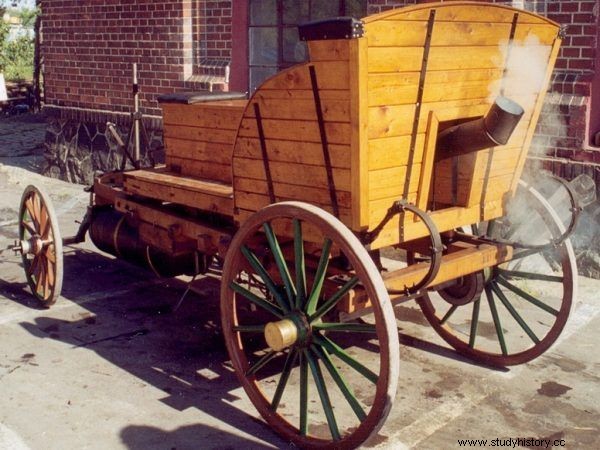
Replica of Józef Bożek's steam powered vehicle (source:public domain).
In 1815, probably without knowing anything about George Stephenson's locomotive, built the first steam-powered carriage on the European continent and two years later a boat with a similar engine.
Inventions were made at a similar time, but it was Stephenson who made history thanks to his better financial situation, contributing to the development of the railroad. Idol wasn't so lucky. He died in poverty and solitude (read more on this topic) .
6. … Telecommunications visionary?
Julian Ochorowicz, born in 1850, was a true Renaissance man - a philosopher, psychologist, educator, doctor, radio electrician, writer, creator of parapsychology, positivist theorist, organizer of tourism and leisure, photographer.
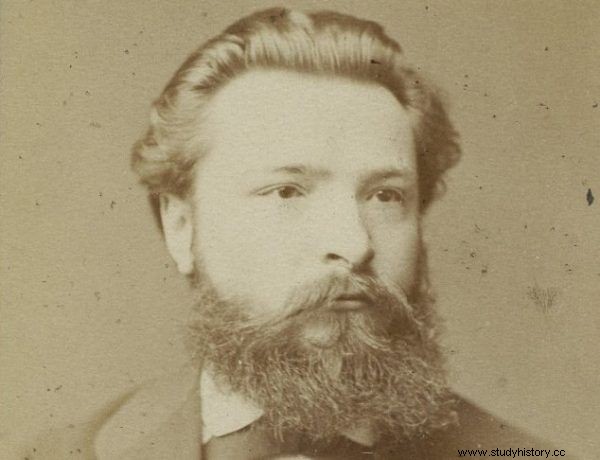
Julian Ochorowicz was the prototype for the character of Julian Ochocki in "The Doll", a novel by his friend Bolesław Prus (source:public domain).
Ochorowicz was interested in electroacoustics , among other things , that is, the conversion of voice waves into electric current and vice versa. He worked on perfecting Bell's invention with considerable success. He displayed the telephones he constructed throughout Europe, even connecting with places located more than three hundred kilometers away.
Together with Jan Szczepanik, known as the "Polish Edison", worked in Lviv on a TV prototype , based on self-created structures that use selenium. The scientist concluded that if electricity can produce heat and light, then and vice versa, light and heat can produce electricity (read more on this topic) .
5. ... the Polish king of hairdressers?
Before he became the "champion Antoin de Paris", to whom the greatest stars of the time were lining up, he was only Antek Cierplikowski. A poor 17-year-old boy from Sieradz set out to conquer Paris with one miserable suitcase in his hand. He turned the hairdressing industry upside down within a few years. He dictated women from all over the world how to cut, comb and dye their hair, imposed makeup trends and created the image of the stars of the silver screen.
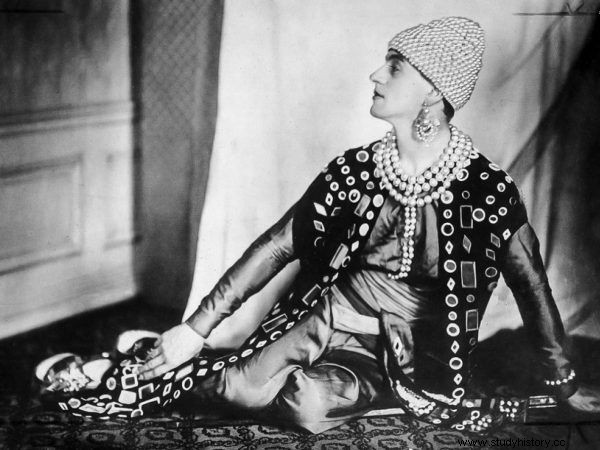
Antoine Cierplikowski shocked not only with the hairstyles of women who cut and combed, but also with their outfits. Here in a Persian prince costume.
It was he who invented a cut that the world has not seen before. Famous hairstyle à la garçonne ("by the tomboy") conquered Paris , ensured actress Ève Lavallière a triumphant return to the top, and Cierplikowski - crowds of customers. The year 1909 is still considered a breakthrough in the history of fashion.
From under his scissors was a Coco Chanel haircut. He also combed Brigitte Bardot, for whom he had a distinct weakness and was one of the few women who did not propose short hair. His famous clients also included Eleonora Roosevelt and Wallis Simpson (read more about it) .
This article has more than one page. Please select another one below to continue reading.Attention! You are not on the first page of the article. If you want to read from the beginning click here.
4. ... the man who "bridged" America?
Rudolf Modrzejewski, son of the famous actress Helena Modrzejewska, was fourteen years old when he announced to his mother: One day I will build the Panama Canal . He was relatively close to this dream coming true. He became a world-famous bridge specialist. He graduated with honors from the Paris École nationale des ponts et chaussées , a renowned technical university.

Benjamin Franklin Bridge at night. Despite the passage of years, Modrzejewski's work is still impressive (photo by Jeffrey Phillips Freeman "Debeo Morium", CC BY-SA 3.0).
He got his first major commission in 1894:the Mississippi bridge from Davenport to Rock Island. In total, he designed or built several dozen bridges. The Benjamin Franklin Bridge over the Delaware River, connecting Philadelphia to Camden, received the longest span in the world (533.5 meters). Three years later, the Pole broke his record by building the Ambassador Bridge on the Detroit River (563.9 meters).
Modrzejewski was called the "Napoleon of Engineering", he was awarded diplomas, distinctions and three doctorates honoris causa . He was frequently asked for consultations, for example on the construction of the longest bridge in the world at the time, the Trans-Bay Bridge between San Francisco and Oakland. In a word, his bridges changed America (read more about it) .
3. … The one who won the polio fight?
Hilary Koprowski was born in 1916 in Warsaw to a family with Jewish roots. He could become a famous musician (he graduated from the Warsaw Music Conservatory and Artistic Academy of St. Cecilia in Rome), but he chose a medical career. Lucky for millions of people.
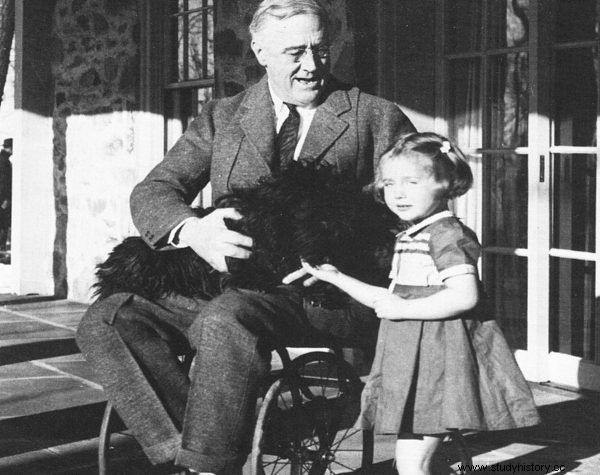
The most famous polio sufferer was Franklin D. Roosevelt. Thanks to Koprowski, successive generations have freed themselves from this disease (source:public domain).
Koprowski, after years of research, created a vaccine against the polio virus , causing the dangerous Heine-Medin disease. He was working in the United States at the time.
In 1952, a real virus epidemic broke out there. 50,000 people fell ill, several percent of whom died. Only Koprowski's vaccine stopped the plague. Therefore, when polio hit Poland in the 1950s, it was turned to him for help. Once again, the epidemic has been stopped (read more about it) .
2. ... the father of the hydrogen bomb?
The career of a mathematician, started at the famous table in the Szkocka cafe in Lviv, led Stanisław Ulam to the other side of the ocean. In interwar Poland, he had no chance of a career worthy of his potential. Years later, as one of the most important representatives of the Lviv school of mathematics, he realized that he was constantly banging his head against the glass ceiling. In 1934, Dr. Ulam went out into the world - first he went to Princeton and then to Los Alamos.
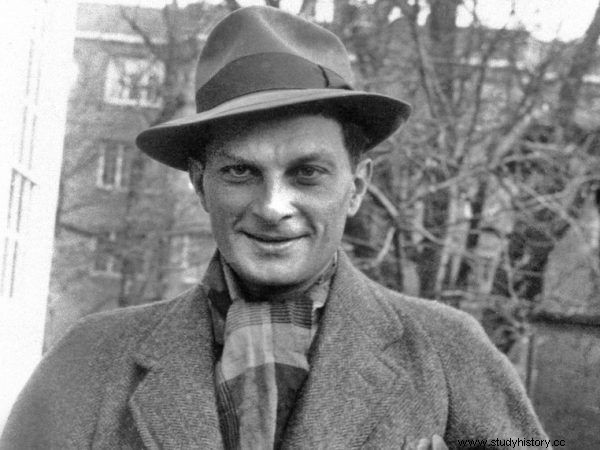
Stanisław Ulam, father of a thermonuclear bomb, in a photo from around 1945 (source:public domain).
He had a significant share in the creation of the thermonuclear bomb. Here, however, one hundred percent of the merit was wrongly credited to Edward Teller, who, while talking about his work on the hydrogen bomb in numerous interviews, never mentioned Ulam's name. Nobel laureate Hans Bethe aptly concluded the whole matter by saying that Ulam is the father of the hydrogen bomb, and Teller the mother, because he carried the child for quite a long time .
After the war, Ulam decided to stay in the USA because he thought there was no one to go back to and nothing to do with it. His wife referred to him as a man "full of contrasts" who showed the face of both a proud Pole and an agnostic Jew, sensitive to his ethnic affiliation (read more about this) .
1. … A certain candidate for the Nobel Prize?
Kazimierz Fajans discovered the law of radioactive displacement in 1912 . It allows you to easily determine the position of all known radioactive elements on the Mendeleev table. At the same time, the physicist Frederick Soddy achieved similar results, which is why this law was called the Soddy-Fajans rule.
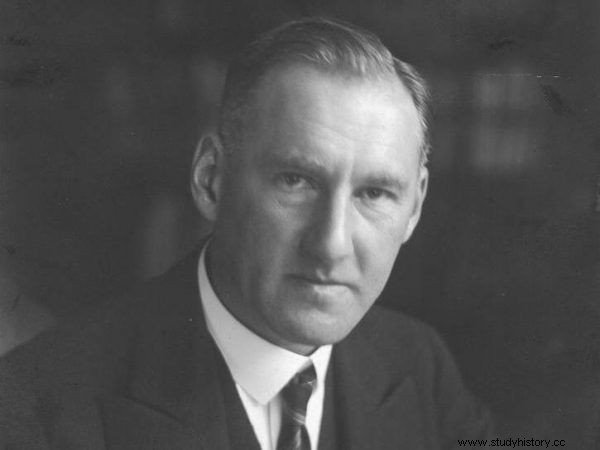
Despite undeniable merits, Kazimierz Fajans did not receive the Nobel Prize "for punishment" (source:public domain).
Apart from the radioactivity of the Pole, he was also involved in researching crystals and particles. He created a method to judge whether molecules are linked by a covalent or ionic bond, now known as Fayans' rule.
Though he was a certainty for the Chemical Nobel Prize in 1924, he didn't get it by the indiscretion of the Swedish press. The daily "Svenska Dagbladet" asked the scholar to send a photo to illustrate the article about the verdict. Other media officially wrote about a certain victory for Fajans. After that, the Committee announced that the awards in physics and chemistry would not be awarded to anyone! Apparently just to punish journalists (read more on this topic) .
